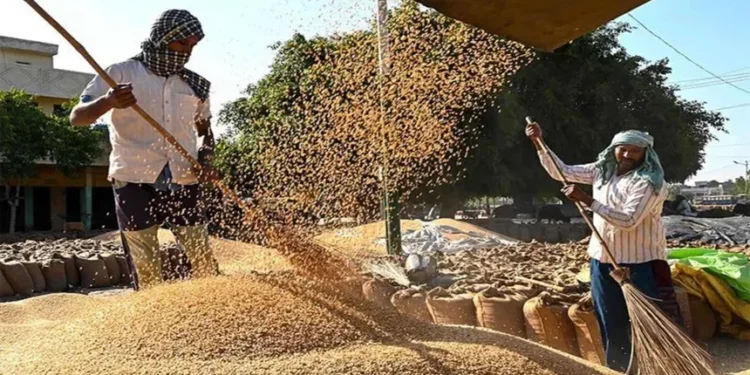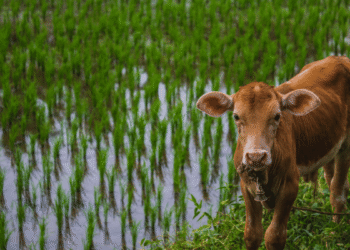TAD NewsDesk, New Delhi: Till the month of March, India is likely to export 3.5-4 million tonnes of wheat to the neighbouring countries. South-East Asian countries and West Asian countries will be benefited. There has been a substantial rise in the possible export limit. The previous year, India exported 0.18 million tonnes of wheat.
India currently is in possession of 56 million tonnes of wheat, privately and publicly included. The government needs to make arrangement for distribution of it before the new crop arrives.
An ITC spokesperson said,
“It is estimated that Indian exporters contracted 0.5 million tonne of wheat this season with customers in Middle-East, Sri Lanka, Bangladesh and South East Asia. However, with Australia expected to harvest a record 29 million tonne wheat crop, markets in South East Asia and Middle East have started covering their January-March 2021 requirement from Australia. For Indian wheat to compete effectively in other larger export markets, an export incentive of about 7 to 8% will be required on FOB Values. If such support is extended soon, India can export an additional 2 to 3 million tonne during the next 4 to 5 months. ”
Wheat traders and exporters noted that this year due to less production of crops in Ukraine and Russia, India had good opportunity to export. In addition, China had also increased its import which is an advantage for the surplus to be distributed.
Raju Khandelwal of Jagdish International Ltd said,
“There is a good number of export enquiries coming, contracts are being signed and companies are trying to accumulate quality wheat stock.”
He also added,
“Bangladesh is one of the largest buyers where by rail rakes the exports are happening and already over five lakh tonne has been contracted. Also, small containers are being sent to UAE, Indonesia, Vietnam and Malaysia, taking overall exports contracted to 1 million tonne.”
Prerana Desai, head of rural and corporate services research at Edelweiss, said
“We have 56 million tonnes of wheat, which includes 38 million tonnes by the government and the rest by the market.”
She also added that in the previous years the production output has been 0.2 million to 0.7 million tonnes depending on the domestic need.
There is a rising need and demand of the export subsidy by the government, prevailing which the exports will reach its expected limit and contribute to sales rise of the country.
Source: The Economic Times











